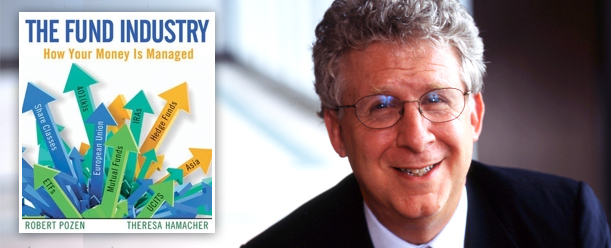Mutual funds have introduced millions of Americans to investing in the stock market. While their popularity and usage may have changed throughout the last 30 years,mutual funds still play a critical role in many portfolios. Yet, many investors — smart, educated people — still don’t quite understand how they work.

Summary
In this episode of Tradestreaming Radio (if you don’t see it below, click here), we talk to Theresa Hamacher, a true mutual fund industry veteran. Along with Bob Pozen, Hamacher is the co-author of the new book, The Fund Industry: How Your Money is Managed (Wiley Finance). It’s a good read and an important book to have in your investment library because it’s scope is so broad. The book discusses the history of mutual funds, their legal structure, career paths in the industry, how different funds are managed (stocks vs. bonds), and how fund analysts decide which securities to invest in.
Our discussion meanders through different facets of the industry, investing, and Hamacher’s book.
We discuss:
- how to use mutual funds
- the asset management industry
- the financial crisis and how funds were involved/affected
- how mutual funds shape up against exchange traded funds (ETFs).
- why the mutual fund industry views the upstart ETF industry as competitive.
Listen below
Resources:
- Listen to this podcast
- Read the transcript
- The Fund Industry: How Your Money is Managed (Wiley Finance)
- iTunes: podcast|subscribe









